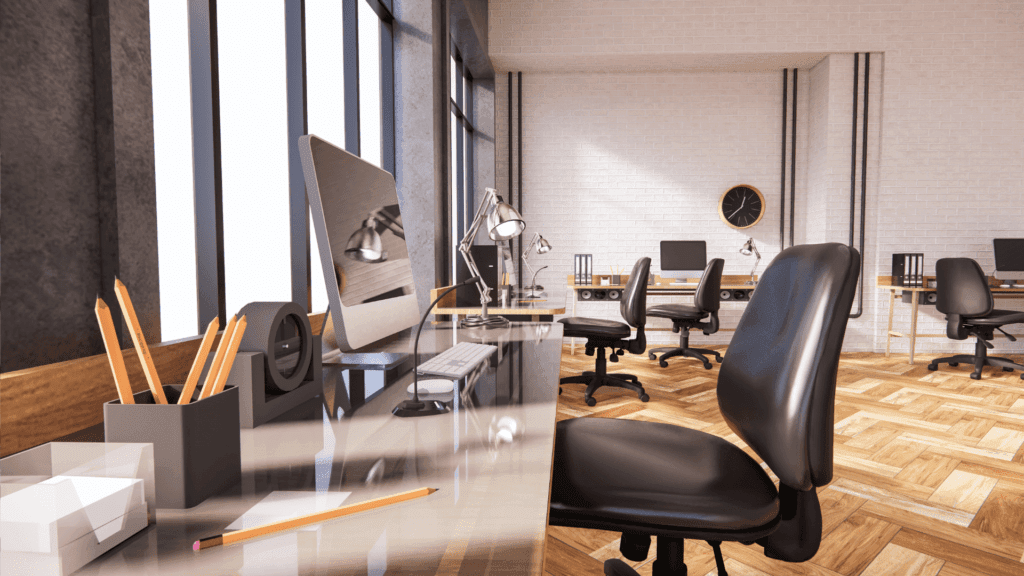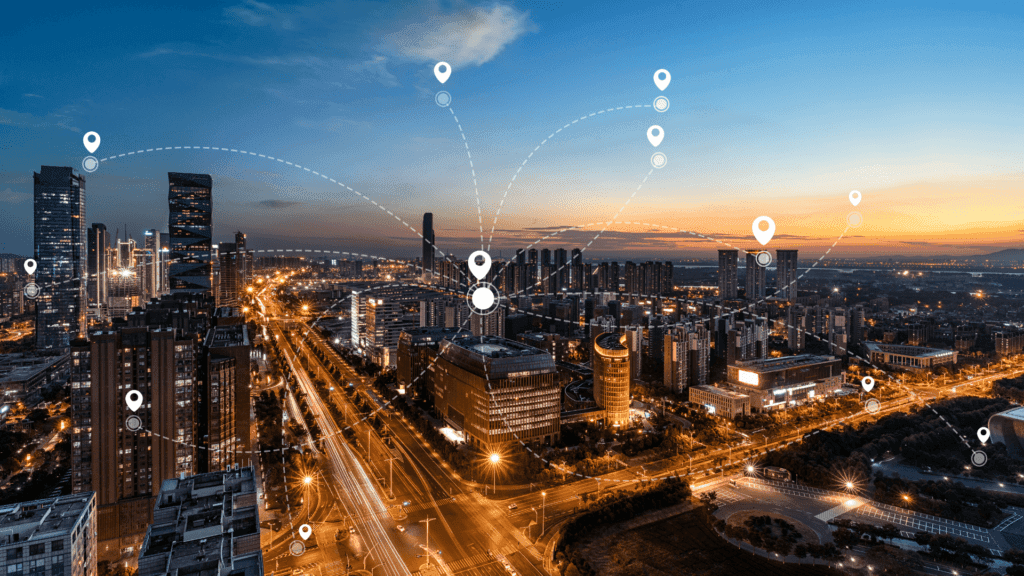
Office Design Trends in 2022

Our lives assumed an indefinite pause when the coronavirus hit global proportions in 2019. Aside from health and hygiene, work adjustments had been a major concern for most companies and businesses. Depending on the nature of the company, there had been tremendous workarounds to ensure that businesses were surviving and that employees were still taking their pay cuts and keeping their jobs.
Fast forward to today, as we’re starting to see better days, companies are contemplating on and are slowly resuming office operations once more. While the virus is far from being completely eradicated, the progress is promising. But, the decision to return to the office must still be met with careful planning and extra precautions.
Fortunately, companies have started to become resourceful and smart about their working plans and setup. Hybrid working, a concept once neglected in the past, is now a thing of the present. And work from home will only be referred to as work at some point in the near future.
As companies are gearing up for onsite work, here’s what we’re expecting to see more of in 2022 when it comes to office design.
Table of Contents
Upcoming Office Design Trends this 2022
Sustainability
Sustainability has become a key principle in building brands and other business operations and is starting to make its way even in office design.
The concept of sustainability is far more than just recycling. It’s about choosing the best options and means possible ethically, without compromising quality, and at a cost-effective level. If you think about it, sustainability appears difficult to achieve in the office setting. But, this is quite the contrary. Zero carbon initiatives and other sustainability movements are now supported in the field of office design.
Implementing high-efficiency systems, utilizing LED lights, incorporating natural light and open-air ventilation if possible, making use of low-emission materials, and considering repurposed furniture— these are just a few ways you can embrace sustainability in office design.
And sustainability doesn’t stop there. Even office maintenance is likely to get the green treatment. Eco-friendly cleaning products are now being pushed for in the office and not just among the household, seeing how chemical-based cleaners can do more harm than help.
The sustainability trend is not likely to go anywhere soon. In fact, it’s poised to become the new standard. As the fight for environmentalism grows, the construction and industrial sectors are challenged to adapt to this change and come up with unique and quality solutions in the way they build and design.
Flexibility and hybrid working
Office employees have long been pushing for flexibility when it comes to work locations and hours. It’s not until the pandemic that this concept has been fully implemented by most companies. Flexible working is not a wild new concept, but with its increasing benefits and effects, we’re likely to see more of this trend.
We’re also expecting the full implementation of hybrid working, a variety of flexible working. In fact, the hybrid working setup is slated to become the modern office landscape.
Hybrid working does not necessarily mean a major deviation from the traditional working setup, but it’s a game-changer. In this setup, employees are only expected to visit the office in certain periods and in shifting schedules, which is ideal considering the pandemic. Space is also integral in this setup. Every area of the office must be maximized.
Since remote working will still be in full swing given the circumstances, hybrid working must focus on providing employees access to certain equipment or facilities that they don’t have at home. In this sense, hybrid working should be about fostering team collaborations and centralizing employee experience.
However, commercial cleaning will still play a huge role in the success of hybrid working as efficient cleaning and safety is still the biggest concern.
Smart buildings and technology
Smart technologies have been around for some time now, but their role in a large-scale setting like offices is only getting the limelight in recent years.
The integration of the smart concept in offices is a trend that is becoming more useful and critical. Through smart offices, how the staff uses the spaces is better understood, allowing companies to analyze and optimize their office designs to create an efficient working space for employees.
In the face of pandemics, smart offices are helpful in implementing zero contact policies, such as thermal imaging systems, digital sensors, and desk booking apps and systems. Through these advanced technologies, moving around the office will be a whole lot easier and safer for the employees.
Data and connectivity

Because the pandemic has pushed for the need for remote working a.k.a. working from home, better and broader connectivity means will continue to become a trend. However, in the office setting, this will mean an improved capacity to stay connected despite the location.
How does this go about? The trend will demand offices to utilize private booths with powerful data integration and stable electrical input, flexible desk spaces, breakout areas, touchdown zones, meeting and training rooms, and dedicated spaces that are properly equipped for virtual collaboration. Throughout the pandemic, the realization that working within physical parameters is not as necessary as it was before became more evident. Remaining connected through digital means is reinforced. Digital tools and other solutions bridge the gap for both collaborative and focused work.
Neurodivergent spaces
Inclusivity is an important new trend that should have been present a long time ago. Currently, more and more companies and businesses are shedding focus on inclusive workplaces, and neurodiversity is an interesting concept that has been around for some time now but hasn’t been put into the proper spotlight.
Neurodiversity refers to the varying brain functions and how information can be perceived differently. Neurodiverse conditions include ADHD, autism, and dyslexia.
In neurodivergent spaces, the design presents various adjustable options that allow the users to choose an option that best suits their wellbeing and psychological needs.
Aside from neurodiversity, other conditions such as physical health issues must be addressed in the workplace as well. For example, steer away from the use of products that can trigger asthma, as this can cause discomfort to even previously healthy staff. It might seem like a minor concern, but the repercussions are impactful and reversible.